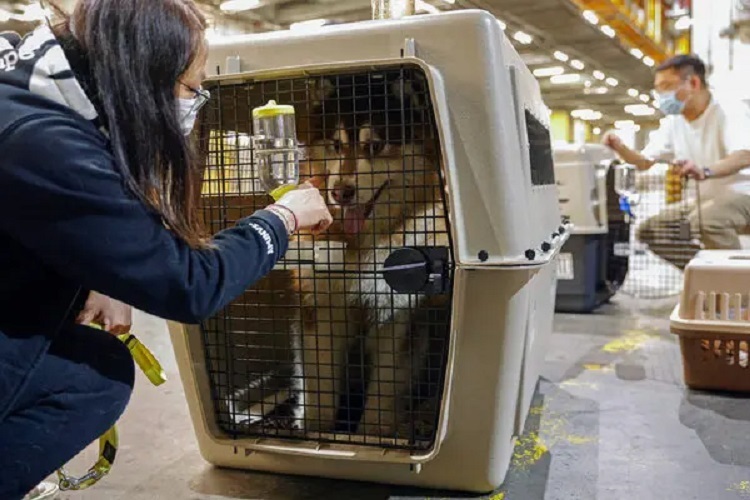Transporting pets can be a stressful experience for both animals and their owners. Whether you’re moving across the country or just heading out for a vacation, the anxiety of a pet during transit can complicate travel plans. However, with proper preparation and expert advice, you can minimize stress and ensure a safe and comfortable journey for your furry friend. Here’s a comprehensive guide to help you transport your pets with ease and care.
Table of Contents
Understand Your Pet’s Needs
Before any trip, it’s crucial to consider the specific needs of your pet. Different animals have varying requirements based on their size, species, temperament, and health condition. For example, brachycephalic breeds like Bulldogs and Persian cats may have respiratory issues that can worsen with stress. Consult your veterinarian to assess your pet’s fitness for travel and to discuss any necessary precautions or medications.
Choose the Right Mode of Transport
The choice of transportation should depend on the distance, the pet’s health, and the available options. Here are the most common methods:
- Car Travel: Often considered the easiest way to transport pets, car travel allows for more frequent stops and direct supervision of your animal. Make sure to secure your pet with a harness or in a carrier to prevent injury during sudden stops.
- Air Travel: Flying is faster for long distances but can be more stressful for pets. Check with the airline for pet travel policies and consider direct flights to reduce transit time.
- Train or Bus: Some trains and buses allow pets. These options can be less stressful than flying, but you’ll need to ensure your pet remains quiet and contained.
Prepare the Necessary Paperwork
Traveling, especially internationally, requires specific documentation for pets, including health certificates, proof of vaccinations, and sometimes an import permit. It’s important to research the requirements for your destination well in advance and prepare all necessary paperwork to avoid last-minute issues.
Acclimate Your Pet to Their Carrier
If your pet isn’t used to being in a carrier, start training them several weeks before the trip. Encourage them to spend time in the carrier by placing their favorite toys or treats inside. Gradually increase the time your pet spends in the carrier so that it becomes a safe, familiar space.
Pack Essentials
Prepare a pet travel kit that includes food, water, a bowl, a leash, waste bags, grooming supplies, and any medications your pet needs. Also, bring a favorite toy or blanket to provide comfort. If you’re traveling by air, check with the airline for specific requirements regarding pet supplies.
Maintain Routine and Comfort
Keeping your pet’s routine as normal as possible on the day of travel can help reduce stress. Feed them a few hours before departure to avoid motion sickness. During travel, try to maintain regular stops (if traveling by car) where your pet can stretch and relieve themselves.
Address Anxiety and Health Concerns
For pets prone to anxiety or if they exhibit extreme distress during travel, consult your vet about the possibility of using calming supplements or prescription medications. Additionally, ensure your pet is microchipped and the contact information is up to date, which can be a lifesaver if your pet gets lost.
Consider a Professional Pet Transport Service
If the idea of managing your pet’s travel needs is overwhelming, professional tiertransport or pet transport services are available. These companies specialize in moving animals safely and can handle all aspects of travel, from paperwork to pickup and delivery.
Monitor Your Pet Throughout the Journey
Keep an eye on your pet’s behavior and condition throughout the journey. Look for signs of stress or illness. Regular monitoring can help you respond quickly if your pet needs attention.
Allow Time for Adjustment
Once you reach your destination, give your pet time to adjust to the new surroundings. Provide ample water and a quiet space to rest. Gradually introduce them to the area while keeping them on a leash to ensure they feel secure.
By following these expert tips, you can make transporting your pet a much less stressful experience. Remember, preparation is key—taking the time to understand your pet’s needs and making thoughtful arrangements can make all the difference in ensuring a smooth and stress-free journey.

